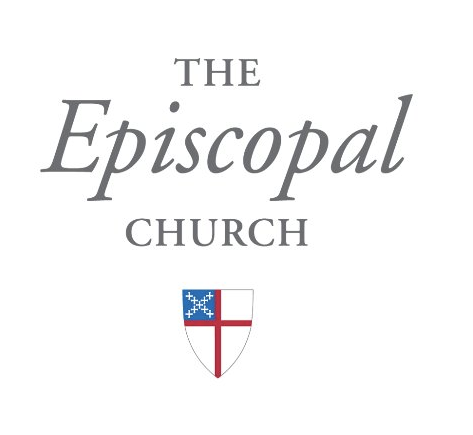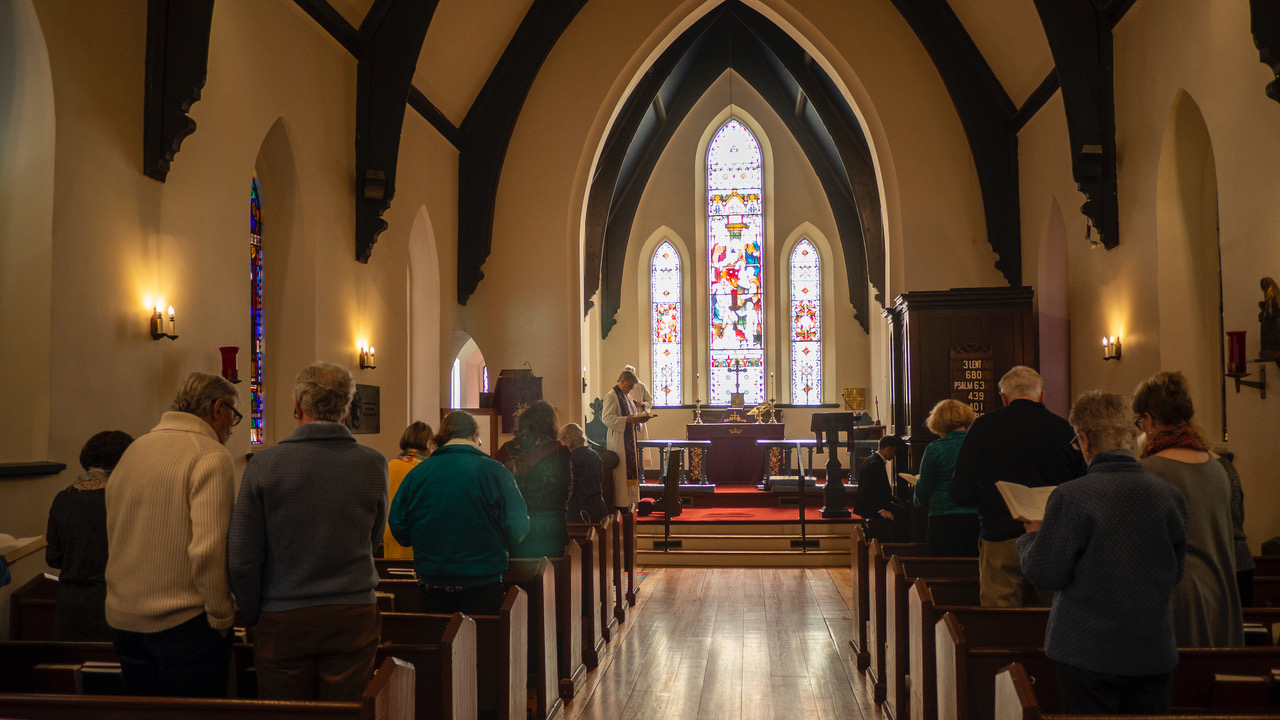An Introduction to the episcopal church

The following is excerpted from a publication of the Office of Communications, the Episcopal Church Center.
“What is the Episcopal Church?”
The Episcopal Church is the American branch of the Anglican Communion. The Anglican Communion is an inheritor of 2000 years of catholic and apostolic tradition dating from Christ himself, rooted in the Church of England. When the Church of England spread throughout the British Empire, sister churches sprang up. These churches while autonomous in their governance, are bound together by tradition, Scripture, and the inheritance they have received from the Church of England. Together, they make up the Anglican Communion, a body headed spiritually by the Archbishop of Canterbury and some 80 million members, making it the second largest Christian body in the world.
The Episcopal Church came into existence as an independent denomination after the American Revolution. Today it has between two and three million members in the United States, Mexico, and Central America, all of which are under the guidance of the Presiding Bishop of the Episcopal Church.
Although it subscribes to historic Creeds, considers the Bible to be divinely inspired, and holds the Eucharist or Lord’s Supper to be the central act of Christian worship, the Episcopal Church grants great latitude in the interpretation of doctrine. It tends to stress less the confession of particular beliefs than the use of the Book of Common Prayer in public worship. This book, first published in the sixteenth century, even in its revisions, stands today as a major source of unity for Anglicans around the world.
The Church of England has always valued the life of the mind and dialogue with fields of secular study. The Episcopal Church maintains this tradition, routinely requiring its clergy to hold university as well as seminary degrees and supporting many university chaplains.


What to Expect When You Visit an Episcopal Church:
You’ll be welcome!
The Place of Worship:
As you enter, you’ll notice an atmosphere of worship and reverence. Whether the church be small or large, elaborate or plain, your eye is carried to the altar, or holy table, and to the cross. So our thoughts are taken at once to Christ and to God whose house the church is.
The Act of Worship:
Episcopal Churches are congregational. In the pews you will find the Book of Common Prayer, the use of which enables the congregation to share fully in every service. The large print is the actual service. The smaller print gives directions to ministers and people for conduct of the service.
The Regular Services:
The principal service is the Holy Eucharist (Holy Communion). When celebrated on Sundays or on other great Christian days such as Christmas, music and a sermon are customary.
Another service is Morning Prayer. The parallel evening service is Evening Prayer. These services consist of psalms, Bible readings, prayers, and may include a sermon. They may be with or without music.
While some parts of the service are always the same, others change. At the Holy Eucharist, for example, two or three Bible selections are read. These change each Sunday. So do the psalms. Certain of the prayers also change, in order to provide variety. Page numbers for the parts of the service printed elsewhere in the book are usually announced or given in the service leaflet. But do not be embarrassed to ask your neighbor for the page number.
You will find the services of the Episcopal Church beautiful in their ordered dignity, God-centered, and yet mindful of the nature and needs of human beings.


The Church Year:
The Episcopal Church observes the traditional Christian calendar. The season of Advent, during which we prepare for Christmas, begins the Sunday closest to November 30. Christmas itself lasts twelve days, after which we celebrate the feast of the Epiphany (January 6).
Lent, the forty days of preparation for Easter, begins on Ash Wednesday. Easter season lasts fifty days, concluding on the feast of Pentecost.
During these times the Bible readings are chosen for their appropriateness to the season. During the rest of the year — the season after Epiphany and the long season after Pentecost (except for a few special Sundays) — the New Testament is read sequentially from Sunday to Sunday. The old lesson corresponds with one of the New Testament readings.
Coming and Going:
Ushers will greet you and they will answer your questions about the service. Following the service, the priest greets the people as they leave.
You Will Not Be Embarrassed:
When you visit an Episcopal Church, you will be our respected and welcome guest. You will not be singled out in an embarrassing way nor asked to stand before the congregation nor to come forward. You will worship God with us.
Should you wish to become an Episcopalian, the priest will gladly answer your questions.

